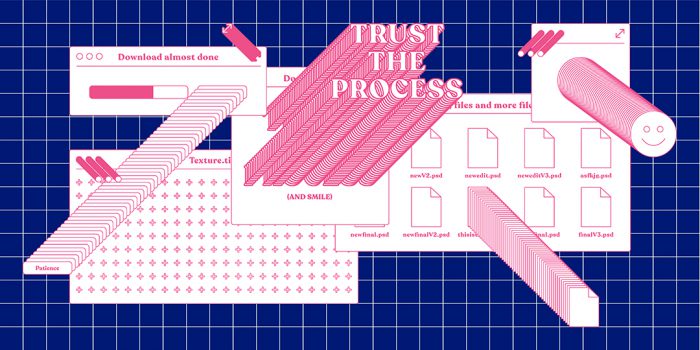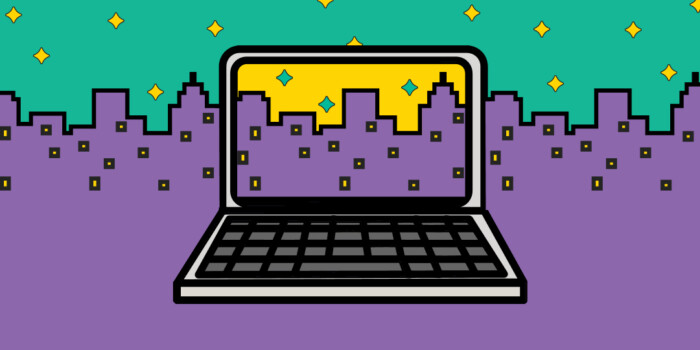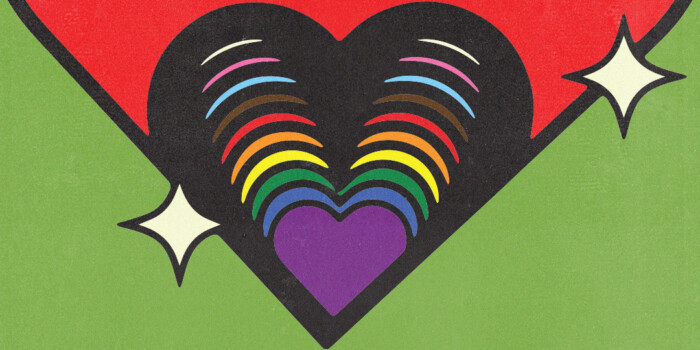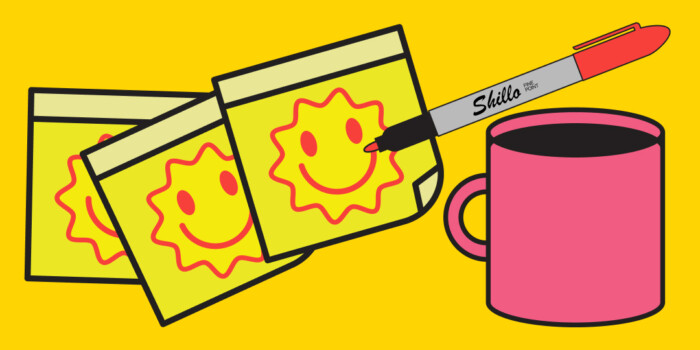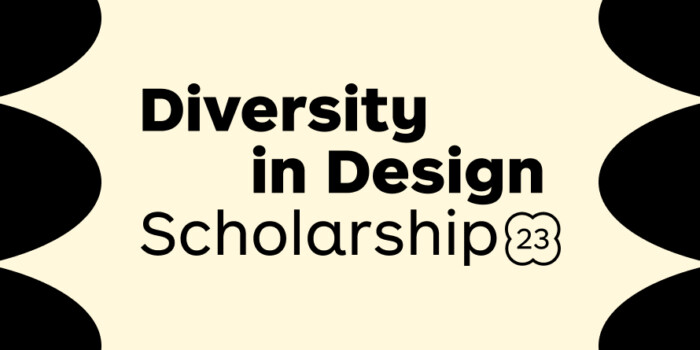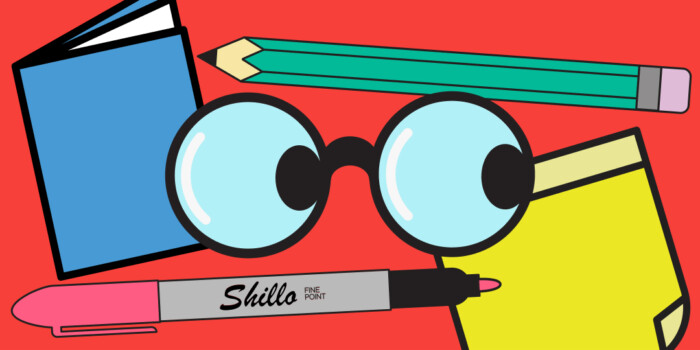What is Design Theory? The Complete Guide to Help You Implement it Into Your Design Projects
The words ‘design theory’ might make you freeze up as the idea of getting theoretical was definitely not what you signed up for. Though, trust us, it’s not as complicated as it sounds, but it is a really important thing for designers to get to grips with. To help you out, we’ve written this definitive guide to help answer the question ‘what is design theory?’
To start, let’s break down the two words separately. Graphic design is the effective visual communication of an idea or concept and theory is a system of ideas intended to explain something. So, put simply, design theory is a system of ideas that explains how and why design works. Designers need to know how everything they put on a page communicates, influences, directs, invites, entices and excites an audience—design theory explains why.
Design theory can be broken into several theoretical approaches for understanding, explaining and describing design knowledge and practice and, next, we’re going to break these down for you. Shillington London teacher Andy Lester explained to us what, as a designer, design theory means to him:
Design theory is the asking and answering of the question “Why am I designing it this way?” If you can’t answer that question at every stage of the design process, you probably need to do a bit more thinking.
“As designers, we shouldn’t be making decisions based on personal preference. We’re not artists.”
So, What Exactly Is Design Theory?
Here we will break down the fundamentals of what we consider to be design theory.
Design Principles
The five design principles should be used in every design project you work on. Each principle is an essential part of a design, but how they work together is the most critical thing to consider when trying to communicate a message to a specific audience. For a more in-depth look at the design principles, check out this article.
Alignment: Aligning elements on a page creates visual connections and creates a unified design. It allows the viewer’s eyes to see order, which makes for easier, more comfortable viewing.
Repetition: Repeating elements creates associations and familiarity—certain elements of a design, if they are repeated, can be used to quickly and easily identify a brand, publication, etc.
Contrast: Contrast can be created when you use two elements that are complete opposites, like a classic and contemporary font or cool and warm colours. Using it creates impact and emphasis in a design.
Hierarchy: Grouping similar things close to each other implies that they are related to each other in some way—hierarchy is fundamental in creating organisation in a design.
Balance: Balance is the weight distributed on a page by how things are placed. There are two kinds—symmetrical balance and balance by tension. It gives a design stability and structure.
Working together all five design principles create a design that is visually appealing and structured so that legibility and readers’ comfort are key to the design.
Colour Theory And Colour Technical
Colour theory breaks down how and why to use a specific colour or colour palette in a design. It explains why colour can be a very powerful tool; how it can entice or persuade, create a specific emotion or convince someone of something. For example, the colour red can be associated with passion or strength—they demand attention.
Colour theory also considers how the different factors that must be contemplated when colours are chosen for a design, though how a colour is received differs person-to-person.
Being able to correctly choose a colour and harness its potential is the mark of a successful designers.
On the other hand, colour technical is a series of technical considerations about the application of colour in a finished design. These considerations alter depending on a number of things, like whether a design is digital or printed. Colour technical includes things like colour mixing (additive or subtractive), colour systems (RGB, CMYK, etc.) and colour gamut.
Design Thinking
Also known as human-centered design, design thinking is all about putting the user first and creating a design for a specific intended audience.
In other words, it’s about the designer putting themselves into the shoes of the person who is going to interact with their design.
Design thinking can be broken down into five key stages:
Empathise: They need to understand this person, their likes, dislikes and what they will respond well to.
Define: They then need to define the problem that needs to be solved through their design.
Iterate: They need to brainstorm several ideas of how to solve these problems.
Prototype: Decide what these ideas will look like and build them.
Test: The intended audience tests the design to discover what did and didn’t work.
Stages do not need to be in this order—though it’s important to always start with empathy—and you can go back and revise stages if your test is not successful.
Graphic Elements
Designers should know how to identify a graphic element and be able to use them in a design.
Graphic elements are a combination of forms, lines and shapes—some examples include line work, pattern, texture and type. Used sparingly, graphic elements can be used to provide variation and interest in a design or create hierarchy to guide the viewer through a design.
The difference between a graphic element and illustration is that graphic elements are purely decorative, while illustration aims to communicate a concept or message.
Okay, So What Are The Benefits Of Knowing All This?
Design theory gives you the knowledge and ability to combine form (the design principles etc.) and function (the design purpose) which, according to Bauhaus theory, is the basis of any successful design. In layman’s terms, you need both design theory and a practical knowledge of design to create effective design solutions.
Being a good designer is more than just knowing the software, it’s about understanding the theory behind it and how this should affect your decisions and outcomes.
On top of this, design theory also enables a designer to talk eloquently about their designs. They are able to explain how theoretical decisions lead to their chosen outcome, rather than hollow explanations. This ability will come in useful throughout a design career—from talking through your portfolio in your first job interview to presenting a design to a new, big client as a creative director.
Shillington New York teacher Jimmy Muldoon added:
“No matter if you’re creating identity work, illustration or product design, the design theory fundamentals are very important for any designer.
When you understand the importance of design theory you’re able to create more effective, appealing and valuable work for yourself and your clients.
Designers have been creating with design theory long before software and Adobe CC. If you’re using a pencil or illustrator these principles should be apart of your design process and design critique.”
How Is Design Theory Used in the Real World?
John Palowski, Shillington’s Course Content Manager and Manchester teacher, broke down how a designer might go about using design theory in the real world:
“When a new exciting brief lands, the creative juices tend to flow faster than they have before. The adrenaline can often lead to the investigation of many rabbit holes and after a while you soon start to wonder where on earth is this all leading to.”
Application of design theory is important here to redirect those creative paths towards a more meaningful conclusion.
“As well as this, designers often hit brick walls in their creative process. There are so many moving parts to each brief, that it stands to reason that things don’t click from time to time. By dissecting what the route of the problem may be, it helps to shut out all the other components of the brief to help crack the problem using basic design theory, to get things moving again.”
There you have it! Hopefully we’ve been able to break down the absolute minefield that is design theory for you. No doubt you’ll start noticing it all over the place, be able to recognise the decisions a designer has made and, most importantly, be able to use it in your own designs from now on.
Still don’t get it? Study graphic design with Shillington and take the online graphic design course, and you’ll master both design theory and the technical skills to compliment it in nine months part-time.
Want to win some amazing prizes and stay in the loop with all things Shillington? Sign up to our newsletter to automatically go in the draw.


